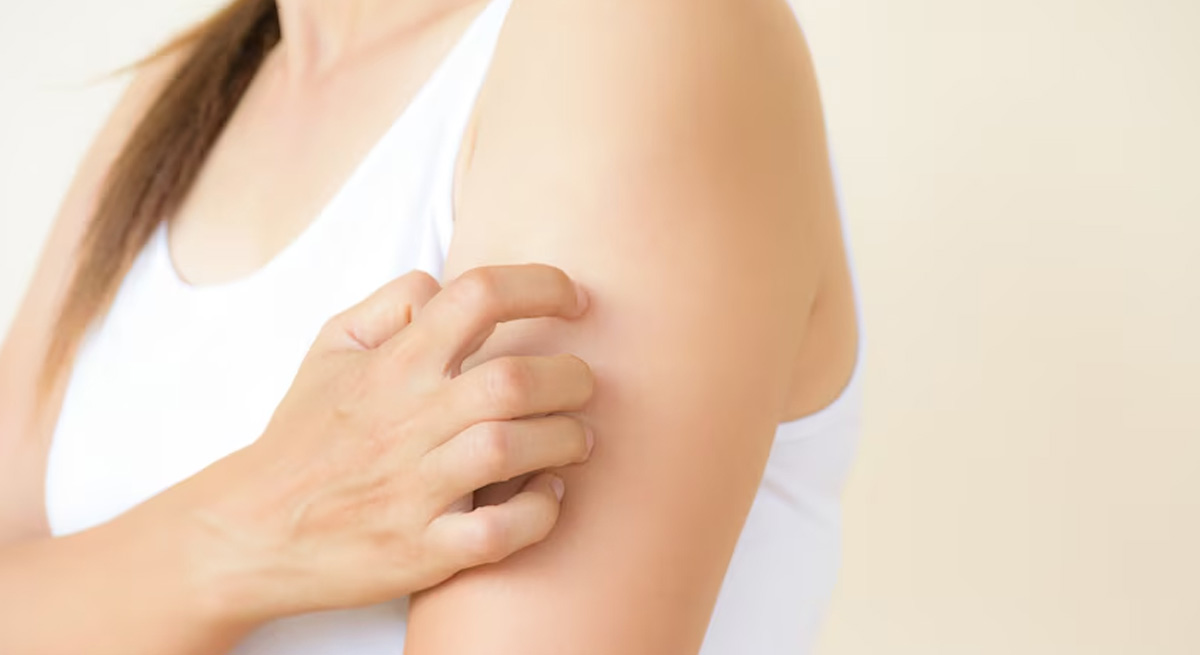
Itching is a common yet often overlooked symptom experienced by many diabetic patients. This discomfort can significantly impact daily life, making it crucial to understand its underlying causes and effective management strategies. High blood sugar levels, commonly associated with diabetes, can lead to a variety of skin issues, including persistent itching.
To shed light on this condition, Dr Priti Mahire, BAMS, Clinical Cosmetologist and Trichologist at Skinshine Skin Clinic, Kalyan, and Dr Vivek Jagmohan, Cofounder of Anagen Hair Loss and Hair Transplant Clinic, Andheri, Mumbai, offer their expert insights. In this article, we delve into the reasons behind diabetic itching and provide practical tips for managing this troublesome symptom, helping patients maintain better skin health and overall well-being.
Causes of Itching in Diabetic Patients
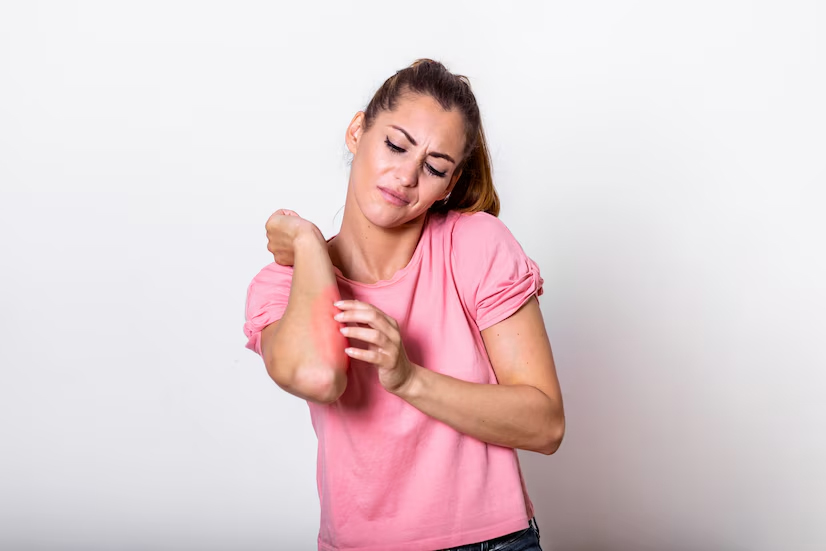
Dr. Priti Mahire explains that high blood sugar levels can cause itching for several reasons.
1. Dry Skin: "High blood sugar levels can cause dehydration, leading to dry skin, which is more prone to itching, cracking, and infection," says Dr. Mahire.
2. Impaired Blood Circulation: "Diabetes can impair blood circulation, especially in the extremities like the legs and feet, resulting in dry, itchy skin," she adds.
3. Neuropathy: As per Dr Mahire, nerve damage, or diabetic neuropathy, caused by high blood sugar levels can also contribute to sensations of itching and tingling, particularly in the lower extremities.
4. Infections: “Elevated blood sugar levels weaken the immune system, making diabetic patients more susceptible to fungal and bacterial infections, which can also cause itching,” Dr Jagmohan said.
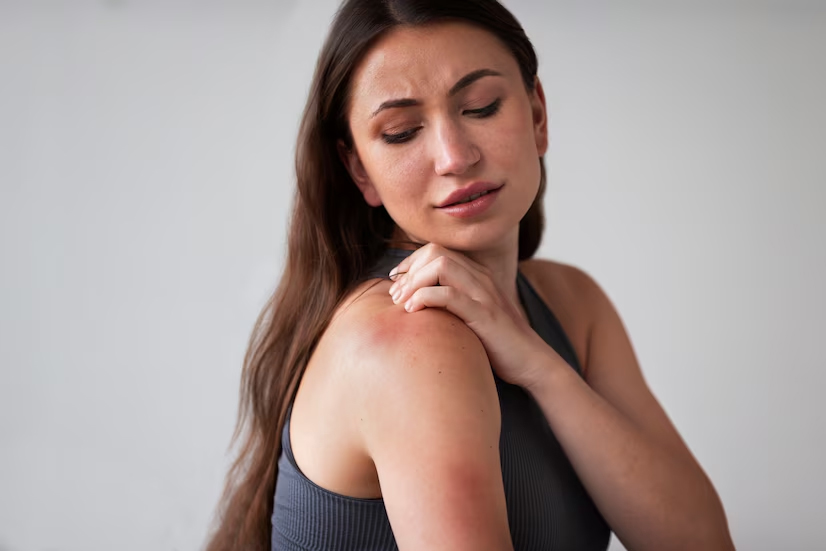
5. Kidney Function: Poorly managed diabetes can affect kidney function, leading to a build-up of waste products in the blood, which can cause itching.
6. Dehydration: Dr Jagmohan pointed out that high blood sugar levels can cause dehydration, leading to dry and itchy skin.
7. Infections: Elevated blood sugar levels weaken the immune system, making diabetic patients more susceptible to fungal and bacterial infections, which can also cause itching.
8. Diabetic Dermopathy: Dr Vivek Jagmohan also points out an additional condition called Diabetic Dermopathy. "This involves changes in blood vessels in diabetic patients, giving rise to patches of discoloured and itchy skin."
Management Tips
Dr Mahire and Dr Jagmohan helped us list down some management tips for reducing the itching due to high blood sugar levels.
Blood Sugar Control
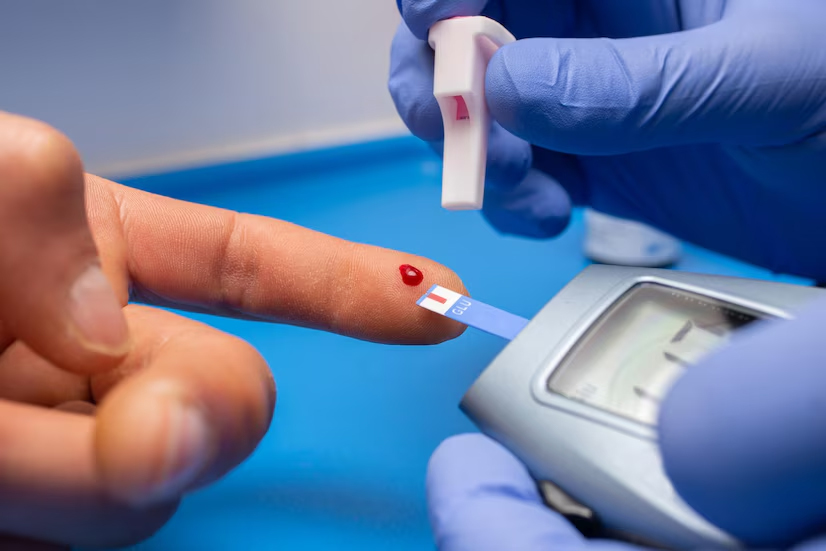
To treat itching caused by high blood sugar levels, the most effective approach is to keep blood sugar levels within the target range through medications, insulin therapy, diet changes, and regular exercise.
1. Medications and Insulin Therapy: “Keeping blood sugar levels within the target range through medications and insulin therapy is crucial,” Dr Mahire advised.
2. Diet Changes: Dr Mahire recommended to eat a balanced diet with fibres, nutrition, low glycemic index foods, and avoiding refined carbs.
3. Regular Exercise: Exercise helps manage blood sugar levels effectively.
Skin Care
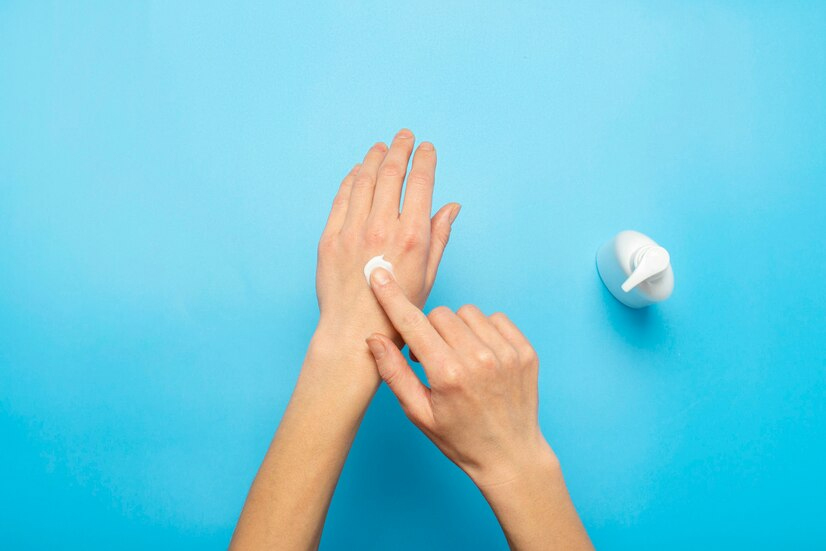
1. Moisturising: "Moisturising regularly with hypoallergenic, fragrance-free moisturisers, especially after bathing, can help keep the skin hydrated," advises Dr. Mahire.
2. Water Temperature: "Avoid hot showers, as hot water can strip the skin of natural oils, exacerbating dryness and itching. Use lukewarm water instead and limit shower time," she adds.
3. Mild Soaps: Dr Jagmohan said, “Choosing mild, fragrance-free soaps can prevent skin irritation.”
4. Gentle Cleansing: Cleanse your skin gently without scrubbing or scratching, Dr Jagmohan recommended.
5. Breathable Fabrics: He advised on wearing loose-fitting, breathable fabrics like cotton that can help keep the skin cool and dry.
6. Hydration: "Staying well-hydrated by drinking plenty of water can also help maintain skin hydration," says Dr. Mahire.
7. Prevent Infections: “Monitor your skin for any signs of swelling, itching, or redness, especially on your feet. Wear breathable fabric socks to help keep your feet dry and prevent infections,” Dr Jagmohan said.
"If itching persists despite these measures, it is important to consult a dermatologist for specialised treatments and to check for other underlying conditions," advises Dr. Mahire.
Maintaining good overall skin care, monitoring blood sugar levels, and seeking professional advice when needed are key strategies in managing itching related to high blood sugar levels. By following these expert tips, diabetic patients can effectively manage and alleviate itching, improving their overall quality of life.
How we keep this article up to date:
We work with experts and keep a close eye on the latest in health and wellness. Whenever there is a new research or helpful information, we update our articles with accurate and useful advice.
Current Version